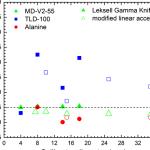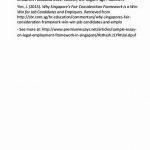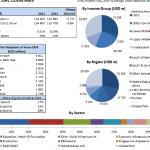MASTER IN INFORMATION AND LIBRARY SYSTEMS
Rationale
The design of the existing MLS curriculum was last revised in 1986. It was based on the old/traditional way of library operations. Recent developments in technology have however radically changed the format of information sources, the way of seeking, accessing and delivering information and of the learning styles. It has also brought about the existence of other alternative information providers serving as competitors of the library in the information market place. More so, the capabilities and capacities of technology have increasingly transformed libraries into a virtual place. The expectation of the 21 st century setting has expanded the role of librarians from mere passive custodians of library materials to librarians with knowledge of computer database and library automation systems. Today’s librarian is expected to act as: a) Information Architect – having the ability to set up information on the Internet and to control the flow of information inside the organization b) Infopreneur – an information professional who could pore over public database, who can scan electronic sources, conduct on-line searches then synthesize, package or customize information for a client. c) Information Broker – a freelancing researcher needed by private corporations and consulting firms. d) Data Manager – a worker for software developers e) Knowledge Navigator – a personal aide to users in identifying suitable website and getting information through the web f) Webmaster – a facilitator of individual knowledge gathering g) Information Specialist – the “ultimate search engine” skilled in organizing and retrieving information.
To adapt to all these developments and expectations means that library instruction has to restructure its curriculum. Degreed librarians today must have taken courses in basic computing, automated information management, design and implementation of distributed information methods, web site exploration, network management, etc. They have to evolve and stay ahead of changes in the environment; otherwise, other private information providers will usurp the librarian’s place. One role that they should be in the forefront now is to involve themselves in system design and to actively participate in the development of information services products (like GOPHER, and other internet products), rather than just coping with the finished information service products. Hence, this revision, which is inherently ICT-based and interdisciplinary, having links with other related disciplines like IT, and computer applications.
Objectives
Courses in this program are designed: 1. 2. 3. to equip students for professional post in information management, customized library operations and in cognate fields; to enable students to gain understanding of the flow of information and methods of managing organizational knowledge, especially gaining techniques of accessing information; and to produce graduates updated in current information and information technology with the ability to identify, analyze and evaluate the information needs of different groups and make informed decisions to satisfy them.
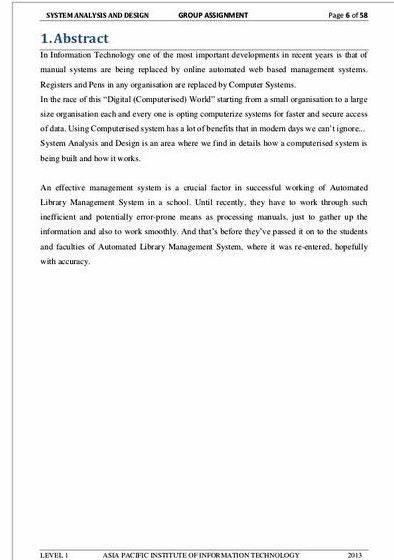
Admission Requirements
1. 2. 3. At least three (3) units in logic and algorithms, and three (3) units in basic computer course Six (6) units in basic library science courses Undergraduate GPA of at least 2.0
Retention Policies
1. 2. A student must maintain a grade point average of 2.0 per semester. Otherwise, his status during the succeeding semester will be probationary, subject to the improvement of his GPA. The maximum residence requirement is five (5) years to be reckoned from the students’ initial enrollment
MASTER IN INFORMATION AND LIBRARY SYSTEMS (MILS)
(LIST OF COURSES BY SEMESTER) First Year, First Semester
Course No. Course Title Units Lec. Hrs/Wk Lab Total Prerequisite(s) Background in Foundation of Libraries, Info Mgt, Info Organization & Servicing, and their equivalent.
Please sign up to read full document.
Share this Document
Let your classmates know about this document and more at StudyMode.com
Share this Document
Join millions of other students and start your research
Have a great research document you think will help inspire other StudyMode members?
Get full access to more research and tools for only $0.50/day
More great study tools:
Search Results for ‘sample thesis about library system’
AUTOMATED RECORD LIBRARY SYSTEM OF EMAR LEARNING CENTER: A SYSTEM PROPOSAL A Thesis Submitted to the Faculty of Intercity College of Science and Technology.
with the Subject Descriptions Analysis and design system (A.D.S) System Proposal: Automated Payroll System (APS) MAIN OBJECTIVE: Computers have the.
1.3 Methodology 4 II. Structure of Thesis 1.4 Data Flow Diagram 5 1.5 Case Study(Library System Codings) 6 1.5.0 LOG IN FORM.
LIBRARY SYSTEMS Rationale The design of the existing MLS curriculum was last revised in 1986. It was based on the old/traditional way of library. Thesis LS 299 (ILS.
of an item). (Note: the library catalog is part of the library computer system.) Library system library employees library users Users Database bar code reader.
system into a computerized system and San Isidro National High School still makes use of manual library system. The main purpose of library.
was no qualified librarian to manage the library. BASIC EDUCATION DEPARTMENT LIBRARY SYSTEM The Basic Education Department library is open for students from 6:30am.
Borrowing and Returning System for schools that still use the Dewey Decimal Library System, schools that are still utilizing a manual system. The library users and.
library must be provided with additional library staff and clerks to better improve the library system and to serve the clients better. Thus, other library.
SAMPLE THESIS TITLE WITH A. systems. Table 2.1 A sample of table in Chapter 2 2 Table 3.1 A sample of table in Chapter 3 4 Table 3.2 Second sample.


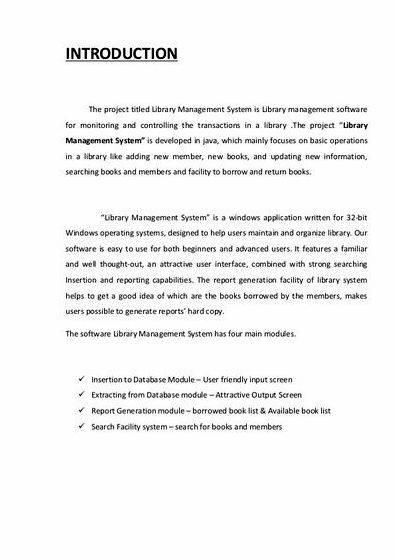
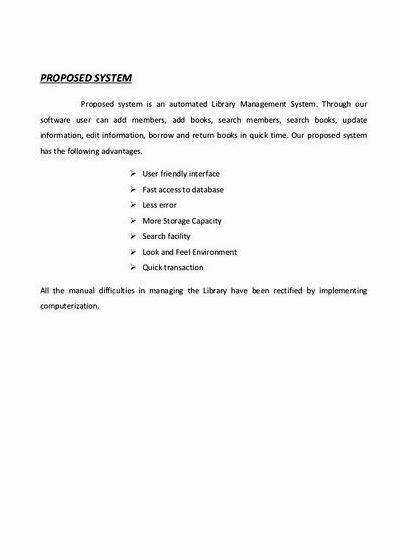


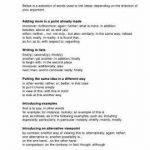 Thesis writing words per day
Thesis writing words per day Margaret macmillan paris 1919 thesis writing
Margaret macmillan paris 1919 thesis writing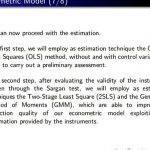 Writing a phd thesis in law
Writing a phd thesis in law International affairs masters thesis proposal
International affairs masters thesis proposal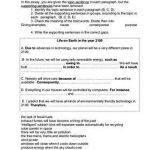 Suggested topic for thesis writing
Suggested topic for thesis writing
